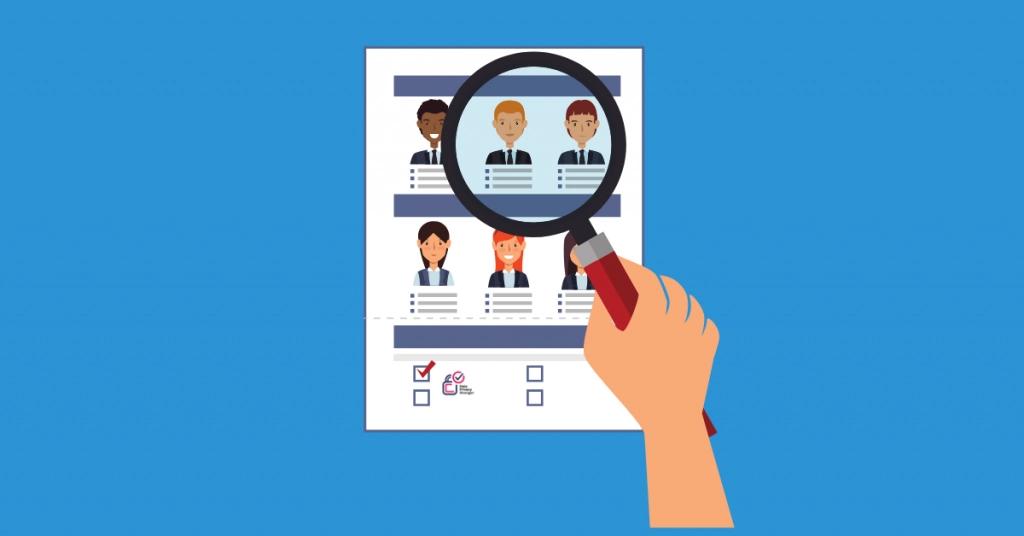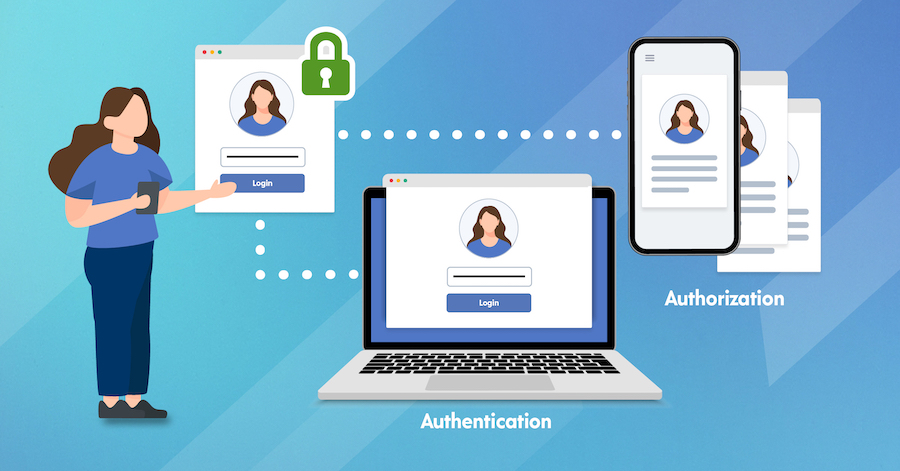One of the most important components to creating engaging an and successful digital transformations is being able to identify who is engaging with your touchpoints, both online and offline. You may not always know their name but there are many other elements of identification you can leverage to enhance the customer experience (CX), even if they do not log in.

There are 7 different data points that can be utilized to identify audience types, including login. These Identification types can help transform the customer experience you deliver and improve your relationship with those that are choosing to engage with you.
- New vs Returning User
- Device, Technology & Geography
- Content Engagement
- Referral Sources
- Campaign Tracking Codes
- Reverse IP Identification
- Login
Let’s take a deeper look at each of these 7 methods of identification in customer experience (CX).
New verses Returning User
While you may not know the visitor’s customer number or name, web browsers and applications can track whether the visitor is new or returning to your touchpoint. Whether it’s the 1st or 30th visit, you can utilize that data to enhance the customer experience in the way you welcome them to your application or website.
Device, Technology & Geography
Understanding how and where your audience is engaging with you from can enhance your ability to deliver the right message at the right time during their customer experience with you. Knowing if they are coming from a mobile device or desktop can enable your touchpoints to give a responsive delivery experience based upon that view they are utilizing.

In addition, understanding the geography, the area of the world the visitor is coming from, enables you to enhance the customer experience by tailoring your touchpoints to seasonal weather, holidays, customs, and conditions. A great example of enhancing the patient experience (PX) is for healthcare providers to leverage geographic data in their patient portals to automatically display or promote getting the flu vaccine in the winter months, and they could start it sooner in the northern areas and later in the southern areas.
Referral Sources
Keeping track on where your audience is coming from, in essence, “how did they get to your touchpoint”, is another datapoint that can be utilized to create a personalized customer experience. If you have partnerships with other business entities or organizations that are promoting your content, products, or services, and sending them your way, make sure to utilize that data, known as a referral source, and tailor the experience by recognizing the referral source they came from.
This does two things; 1) enables you to build trust with the referred audience by personalization 2) builds good will by acknowledging the referral source. Both points are essential if you are working to digitally transform your customer experience and expand your digital footprint.
Campaign Tracking Codes
If you are implementing marketing campaigns, from email and QR Codes, to display advertising and public relations, you can leverage the campaign tracking methods you are using to measure the success of those campaigns to personalize the customer experience for the audience you are targeting.
Leveraging the query string parameter value pairs enables your team to keep the campaign messaging consistent and that in turn build trust with your targeted audience. In addition, it allows you to test messaging to different audiences based upon the campaign’s goals. This gives you better insight into how effective your customer experience and personalization delivery combined with your marketing efforts are.
Content Engagement
If you are utilizing a customer data platform (CDP), such as Lytics, leveraging the engagement with content to personalize the customer experience becomes a lot easier. As your audience engages with articles, downloads, views image galleries, engages with calculators, quizzes, or videos you can use that data to personalize the next best actions or next best content to suggest to the viewer.
Going even further and combing that data with geography, device type, referrals and new or returning visitor data will create a very powerful customer experience for anyone engaging with your touchpoints.
Reverse IP Identification
Utilizing tools that can reverse the IP Address of the visitor to give you the data behind the company that owns that IP Address is an incredibly powerful way to serve up industry and business relevant customer experiences, especially in the B2B space. Services from companies like Kickfire can provide you with information about the IP Address owner including company name, headquarters address, industry information (NAIC and SIC), revenue and employment sizes.
All these data points can be combined to create very powerful and relevant next best content offerings for the pages along a journey as well as actions for communication from your sales team.
Login
The most powerful piece of data a business can obtain when it comes to identification of an audience is when a visitor logs in. At that point you can connect and even correlate cross-device information if visitors are logging in from different devices and different locations.

Logins with rich customer profiles enable businesses to connect on a more intimate level with their audience and that in turn grows trust. That trust leads not only to repeat business, but to less churn and more “love”. When audiences love you, they share you and that in turn brings you more business.
In conclusion, even on the most limited budgets, businesses can still take advantage of identification data to personalize the customer experience (CX). This then sets the path where businesses can begin their own digital transformation, from reacting to the data and what has just happened, to proactively utilizing the data points to provide the best experience to the audience and moving them to what you want them to ultimately do, convert!

